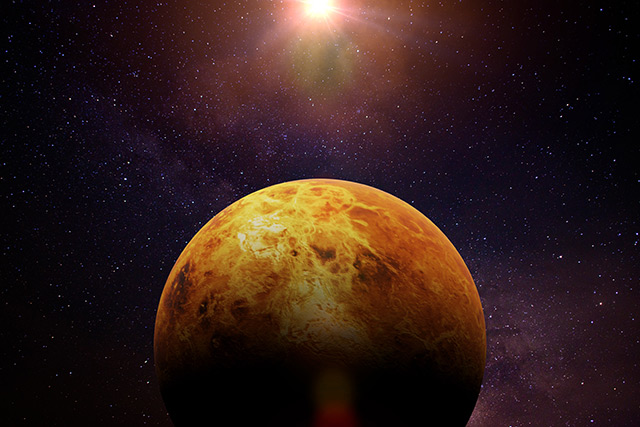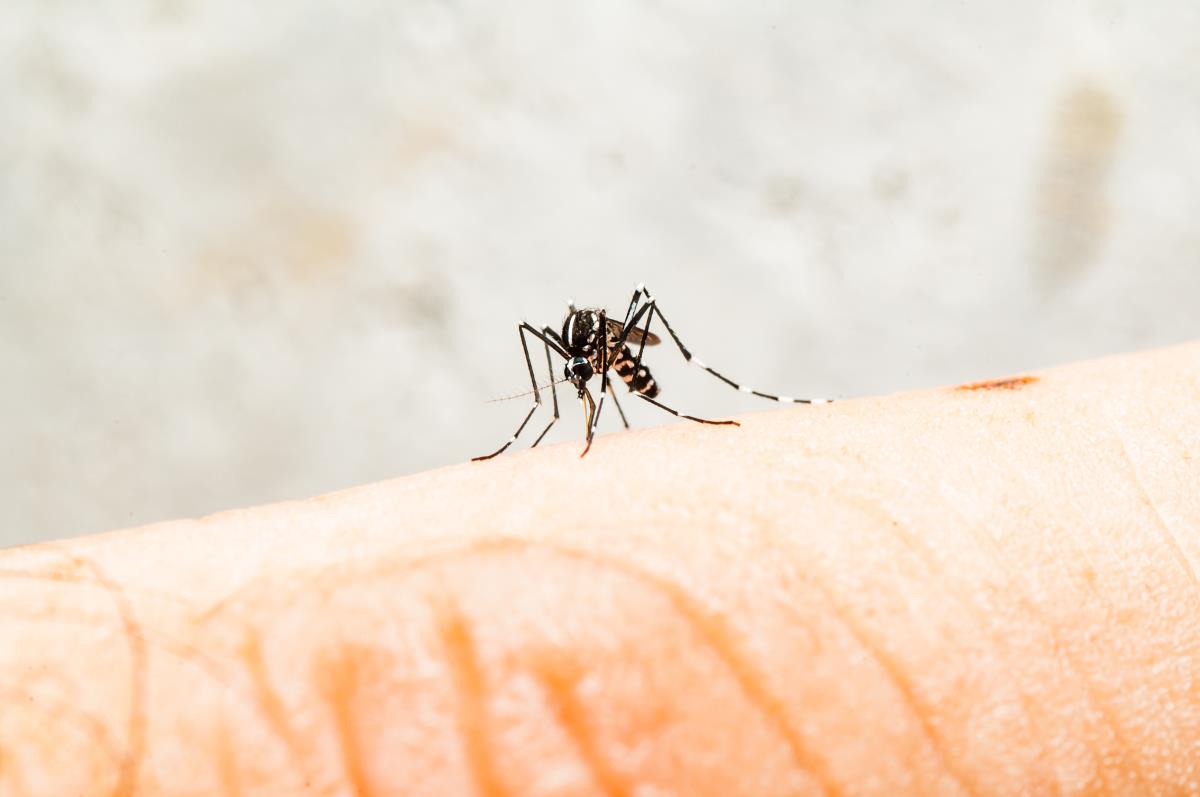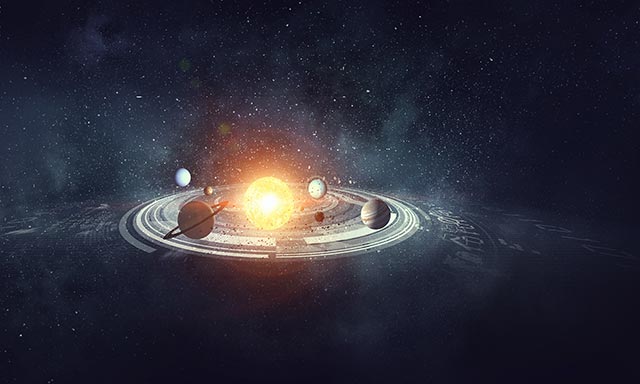Mysterious dimming of Betelgeuse is caused by outburst from the star itself, study suggests
08/16/2020 / By Virgilio Marin

A hot outburst from supergiant Betelgeuse may have caused the star’s recent dimming, according to research conducted using the National Aeronautics and Space Administration (NASA)’s Hubble Space Telescope.
From December last year to April 2020, scientists observed that Betelgeuse dimmed, sparking speculations that the supergiant is facing a very imminent end. Surprisingly, Betelgeuse began shining brightly again in May, leading scientists to suspect that the dimming episode was caused by clouds of dust or by a starspot on the star’s surface.
It appears that the dust hypothesis is right, according to researchers, who published their findings in the Astrophysical Journal.
Outburst from Betelgeuse cooled and formed into dust
For the study, the researchers examined Betelgeuse, which is relatively close to Earth at 725 light-years away, using observations from Hubble from 2019 to 2020.
From September to November last year, Betelgeuse expelled massive amounts of material coming from the southern portion of its surface. This material – plasma that was two to four times brighter than the supergiant’s normal luminosity – moved rapidly. After traveling millions of miles from Betelgeuse, the material started cooling considerably until it condensed into a large expanse of dust clouds. Such clouds filtered the light coming from the star, which consequently appeared fainter from Earth.
“With Hubble, we see the material as it left the star’s visible surface and moved out through the atmosphere before the dust formed that caused the star to appear to dim,” said lead author Andrea Dupree of the Harvard-Smithsonian Center for Astrophysics.
Ultraviolet-light observations from Hubble also showed that the outer atmosphere of Betelgeuse returned to normal by February 2020, even though visible-light images showed that the star was still dimming.
The cause of the outburst is unclear, but Dupree and study co-author Klaus Strassmeier of the Leibniz Institute for Astrophysics Potsdam in Germany believed that a contributing factor is the star’s pulsation cycle: Betelgeuse expands and contracts in size in a 420-day cycle.
By measuring the velocity of gas on Betelgeuse’s surface, the two found that the outburst occurred during the star’s expansion phase. The pulsation rippling outward from Betelgeuse may have helped propel the outflowing plasma through the atmosphere, which was more than twice the typical amount that was shed from the same area.
Further observations from Hubble also showed that material could be driven from anywhere on the surface of Betelgeuse, suggesting that such an outburst is uncommon.
“We know that other hotter luminous stars lose material and it quickly turns to dust making the star appear much fainter. But in over a century-and-a-half, this has not happened to Betelgeuse. It’s very unique,” added Dupree.
Is a supernova imminent?
Although the December-April dimming turned out to be a dud, scientists are still bracing for a possible supernova of Betelgeuse, which is currently near death. A supernova refers to the bright, extremely powerful explosion of a star that occurs as it dies.
“No one knows what a star does right before it goes supernova because it’s never been observed,” said Dupree.
Recently, the behavior of Betelgeuse once again struck experts odd. On five separate days between late June and early August 2020, NASA’s Solar Terrestrial Relations Observatory (STEREO) measured the star’s relative brightness in comparison to other stars. Dupree and colleagues observed that the supergiant is dimming again.
As a variable star, Betelgeuse goes through a period where it is dimmer than usual, as part of the 420-day pulsating cycle. However, the dimmest that the star went through was in February 2020, which means the current dimming episode is over a year early. (Related: Supernova, resurrected: Scientists are puzzled by “the star that wouldn’t die”.)
What’s going to happen with Betelgeuse is still unclear. Dupree plans to study the star further to look for any signs that a supernova event possibly is underway. She stated, however, the chances of the star going supernova anytime soon are “pretty small.”
Space.news has more on dying stars near Earth.
Sources include:
Tagged Under: Betelgeuse, cosmos, dying stars, Hubble Space Telescope, NASA, outer space, Space, Stars, supernova
RECENT NEWS & ARTICLES
COPYRIGHT © 2017 RESEARCH NEWS




















